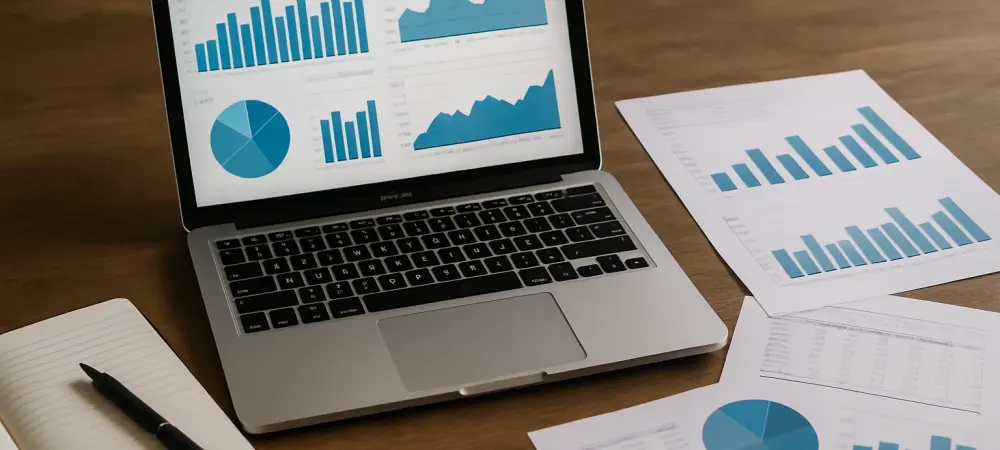What if the key to solving pressing global challenges in healthcare, finance, or urban planning was just a download away? In 2025, free datasets are revolutionizing how data scientists, students, and startups approach innovation, offering a treasure trove of information without the hefty price tag. Picture a young researcher crafting a life-saving medical algorithm or a small team predicting market trends—all powered by accessible data. This is the reality of today’s data-driven landscape, where barriers to entry are crumbling, and raw information is becoming a public good. Dive into the world of free dataset resources that are shaping the future of data science right now.
Why Free Datasets Fuel Data Science Breakthroughs
The significance of free datasets cannot be overstated in an era where data is often called the new oil. These resources are the backbone of experimentation, allowing individuals and organizations to test hypotheses, refine models, and uncover insights without financial constraints. From budding data enthusiasts to established professionals, access to such data levels the playing field, enabling anyone with a laptop and a question to contribute to groundbreaking discoveries. This democratization is sparking a wave of creativity across industries.
Moreover, the sheer volume of free data available today addresses a critical pain point: cost. Premium datasets can run into thousands of dollars, locking out many who lack corporate backing. By contrast, free datasets provide a lifeline, ensuring that innovation isn’t reserved for the well-funded. A recent study by a leading tech institute found that over 60% of independent data science projects rely on publicly available data, underscoring its pivotal role in driving progress.
Data Accessibility: A Cornerstone of Modern Innovation
In today’s hyper-connected world, accessible data is more than a convenience—it’s a necessity. As artificial intelligence and machine learning reshape industries, the demand for diverse, high-quality data has skyrocketed. Free datasets meet this need by offering raw material for training algorithms, analyzing trends, and informing policy, often sourced from government initiatives or open-source communities. This trend toward openness reflects a broader push for transparency and inclusion in technology.
For smaller entities like startups or solo researchers, the impact is profound. Without the budget for proprietary data, these groups depend on free resources to compete with larger players. Government portals, for instance, release vast amounts of information on everything from crime statistics to environmental metrics, empowering civic projects that address real societal needs. This accessibility ensures that innovation isn’t confined to boardrooms but thrives in classrooms and garages alike.
Top Platforms for Free Datasets: A 2025 Guide
Navigating the landscape of free dataset resources reveals a variety of platforms, each with distinct strengths tailored to different needs. Kaggle remains a titan, boasting thousands of datasets alongside community competitions that sharpen skills—think of a data scientist refining a predictive model for retail sales using its tools. Google Dataset Search, meanwhile, simplifies discovery with a search engine spanning countless domains, ideal for quick finds across disciplines.
For those focused on foundational learning, the UCI Machine Learning Repository offers trusted datasets used in academia, perfect for mastering the basics of algorithms. Government portals like Data.gov in the US or data.gov.uk in the UK provide public data on demographics and economics, fueling projects like urban planning analyses. Advanced users might turn to AWS Open Data Registry for specialized sets like satellite imagery, while GitHub hides unique gems tied to open-source projects. Academic hubs such as Harvard Dataverse cater to researchers with peer-reviewed, high-quality data for scholarly pursuits, ensuring a fit for every purpose.
Real Stories: How Free Data Transforms Projects
Hearing from those who’ve harnessed free datasets brings their value to life. A data scientist based in California shared, “Kaggle didn’t just give me data; it gave me a community to learn from. My first winning model in a competition came from a dataset on consumer behavior.” Such testimonials highlight how platforms foster not just access but also collaboration, turning raw numbers into shared victories.
Elsewhere, a university professor noted the impact of government dat==“Using Data.gov, my students mapped flood risk zones for local communities, directly influencing emergency planning.”== Community forums also buzz with stories of uncovering niche datasets on GitHub, often paired with code that provides instant context. These voices, drawn from recent discussions and surveys, paint a picture of a vibrant ecosystem where free data isn’t just a resource—it’s a catalyst for real-world change.
Maximizing Impact: Strategies for Using Free Datasets
Finding a dataset is only the first step; using it effectively requires strategy. Start by assessing a dataset’s relevance to specific goals—does it match the project’s scope in terms of topic and scale? Licensing terms also matter, especially for commercial applications, as some data may carry restrictions. Beginners might opt for smaller, cleaner sets on UCI to build confidence, while seasoned users could tackle complex AWS data for ambitious endeavors.
Another tip is to leverage community feedback. Platforms like Kaggle often feature user reviews that flag issues like missing values or outdated entries, saving time on preprocessing. Pairing datasets with documentation, especially on GitHub, can provide crucial context, turning raw files into actionable insights. By aligning data choices with clear objectives and verifying quality, users can transform numbers into narratives that drive decisions and innovation.
Reflecting on a Data-Driven Journey
Looking back, the journey through the landscape of free datasets revealed a powerful truth: accessible data has become a cornerstone of progress in data science. Each platform, from Kaggle’s bustling community to the quiet reliability of academic repositories, plays a unique role in empowering users. The stories of transformation—from students mapping flood risks to professionals winning competitions—underscore the tangible impact of these resources.
Moving forward, the challenge is clear: to continue exploring and refining how these datasets are selected and applied. The next step involves diving deeper into emerging platforms and advocating for even broader data transparency. By embracing these tools with intention and strategy, the data science community can push boundaries further, solving tomorrow’s problems with the information already at hand.

